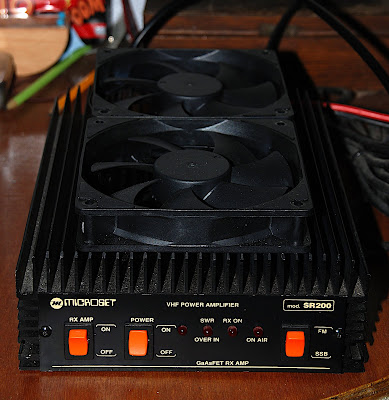A piece doing the rounds at the moment is the minutes of the RSGB's Exams Committee. You can find a copy here.
I'm not sure what to make of the statistics presented on pass rates: 79% at the Foundation level, dropping to just over 50% for both Intermediate and Full exams.
Now, only half of entrants managing to get a pass is pretty low. That 20% of entrants fail at Foundation level, the paper for which is extremely easy, is very surprising.
 |
| High failure rate. |
Whilst I'd hate to sound like an old man, the reality up until the late 1990s/early 2000s was that if you wanted to be an operator, you had to study the full licence syllabus in one go, and take one exam on the whole lot of it. I don't know how many people failed that, actually quite tough exercise in learning.
All I can say is that then, as now, I had no real understanding of electronics, and found the whole syllabus very boring and irrelevant to what I wanted to do. Yet, I finished and passed the exam paper, taking just 30 minutes out of 90 available to do so. The questions were certainly not easy; they were mostly a load of very involved electronics theory, and not so much on operating.
Maybe there is a need to improve the exams, the training, or both? I suspect the whole licencing thing would be far better if it were based on an initial, easy exam like the Foundation level, then granting a full licence to everybody. After all, hardly anyone I know actually obeys the power limits imposed by the various exam levels. There is no real way of knowing how much power someone is using, nor any enforcement agency that would do anything about it, even if there were!
Having been given the privilege of a full licence, this would then be followed by a series of what we could call 'continuing operator development' courses, some of which would be compulsory within, say, a five year period (i.e. the licence revalidation period). If an operator hadn't completed the minimum ongoing training, then the licence would be revoked.
Maybe that way, it would be less a focus on passing an exam, but then never, ever undergoing any form of training or refresher course, and more on ensuring operators stay up to date on technical and operating matters. It might also avoid most of the extremely poor operating that is readily seen on the bands every day, making one wonder whether the exams are of any use whatsoever.






























